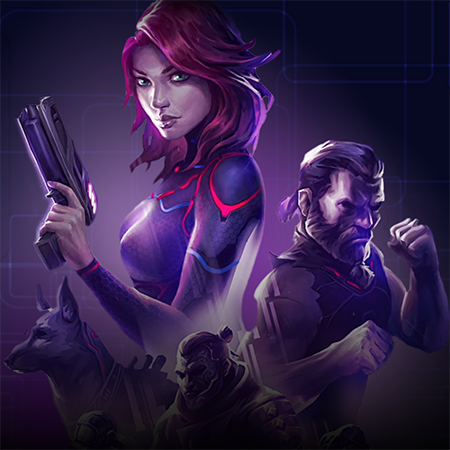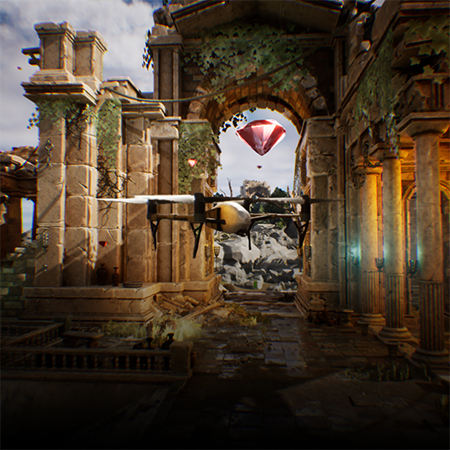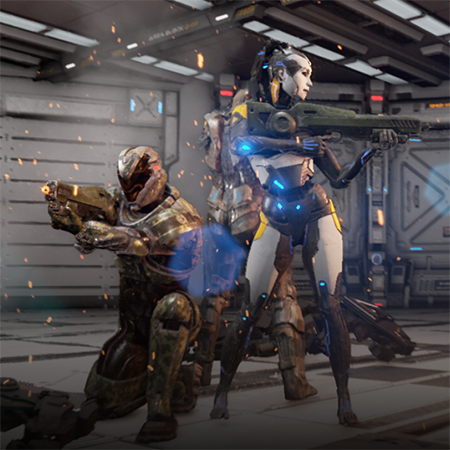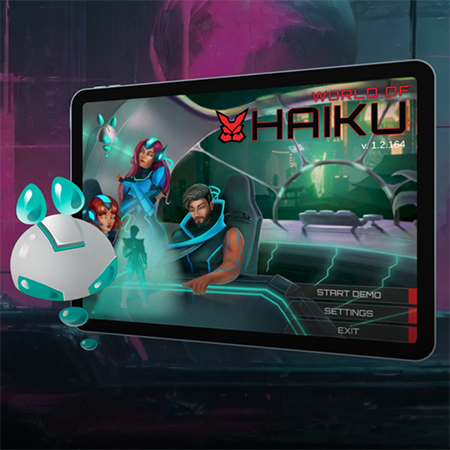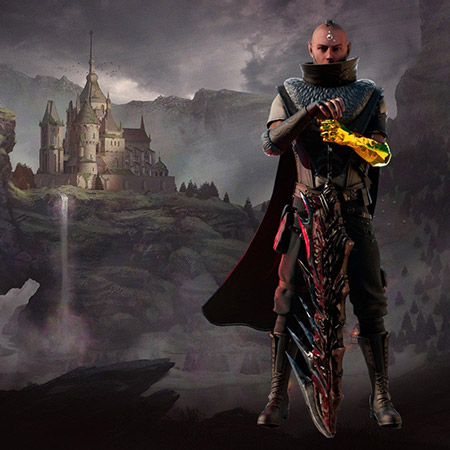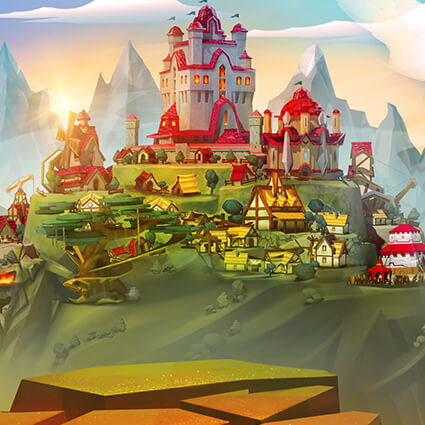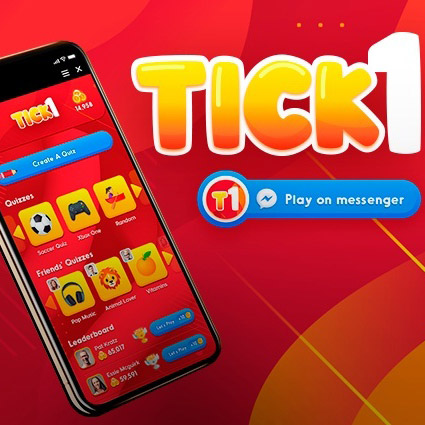Immersive technologies are gaining traction as the industry evolves. With enthusiasts like Meta and Microsoft, the metaverse concept is becoming the new normal and vector of growth for software developers. In turn, modern VR games are making full use of engines like Unity and Unreal, being equipped with advanced performance and decent graphics.
Unlike other VR development platforms, Unreal Engine provides top-notch quality and optimization tools, which allows studios to work on high-end AAA projects. This article will answer the question of how to make a VR game in Unreal Engine and shed light on what perks the platform offers for businesses as well as developers themselves.
Today there are plenty of Unreal game development services but only a few of them ensure the quality worthy of your attention. Upon finishing this article, not only will you know by heart all the perks for VR games that Unreal provides but also you’ll be able to quickly identify a professional game development studio whose services may prove of value to you.
Want to know more about Game-Ace’s work?
Pros of Using Unreal in Developing a VR Game
So, can you make VR games in Unreal Engine without any troubles and is it a worthy undertaking? Beyond question, this game engine is the industry standard and indisputable leader whenever it comes to optimized performance or ultra graphics. With a plethora of plugins and frameworks at hand, you can make a VR game of any complexity.
As opposed to its competitors, Unreal Engine offers the following perks for VR games:
C++, an incredibly versatile system powering Unreal, enables developers to elaborate on the most intricate mechanics and in-game physics. In addition, the engine’s visual scripting tool referred to as Blueprints facilitates faster as well as more visualized work.
Although Unreal’s ability to write complete high-level shader language (HLSL) isn’t an in-built feature, you can take advantage of its node-based material editor, which allows for a broad spectrum of customizations. Furthermore, Unreal Engine’s real-time cinematic rendering and VFX capabilities are challenging to overcome by competitors in the industry.
Just like Unity, Unreal Engine comes with multiple physics-based interactions for immersive apps and games, including PhysX/Chaos, a VR template, and numerous 3rd-party plugins.
Making a VR Game in Unreal: Things to Consider
Whether you are into developing a single- or multi-player game in Unreal, there are a couple of things you need to be aware of. Primarily, this game engine is absolutely free and open-source, implying that you can tweak almost any configuration depending on your development needs. Besides, with Unreal, you can make VR games for any platform.
In case you need to use Unreal Engine for mobile games, especially if they are meant to be developed in the AR/MR environment, you’ll certainly find a myriad of advantages compared to alternative game engines. To start making high-quality VR games with Unreal, what you should do first is install the software and pick a needed template for your project.
Since Unreal supports Oculus Rift, Quest, and Go, you can aim at creating high-end VR games with ultra graphics. In addition, you’ve got a ton of tutorials for making VR games in Unreal, which means that you can significantly save costs on onboarding new personnel or outsourcing the entire workflow to a professional game development studio.
Despite being a free software solution, Unreal will charge you a 5% royalty fee once your VR game earns more than $1m. Still, what the engine offers in exchange is that your developers can effortlessly modify the source code of Unreal anytime they need to adjust it for their needs. At any rate, by going with Unreal Engine, you end up with the following bonuses:
- Sufficiently low entry threshold;
- Quick employee onboarding due to a supportive community;
- Advanced graphics;
- A variety of in-built and 3rd-party VR plugins;
- Decent performance optimization mechanisms;
- Powerful programming language;
- Cross-platform development prospects;
- User-friendly UI.
How to Make a VR Game in Unreal Engine 4?
Even though the game engine is still the same, there’s an abundance of differences between the 4th and 5th generations of Unreal Engine. To start with, let’s talk about what the previous one has in store for modern VR game developers. Essentially, it’s definitely compatible with HTC Vive and all Oculus headsets, which already opens a lot of prospects.
In order to create a successful VR game, you’ll need a bunch of plugins, such as a VR expansion plugin or UnrealHaptics. They significantly expand your capabilities while you elaborate on a new VR game project. In fact, most of them are perfectly compatible with the 4th generation of UE. That’s why you should opt for UE4 for this particular purpose.
How to Make a VR Game in Unreal Engine 5?
As opposed to its previous update, the 5th version of Unreal Engine ensures a set of revolutionary innovations. With such technologies as Nanite and Lumen, your game development experience will undergo positive alterations in terms of speed, performance, and product quality. Nevertheless, most of these innovations aren’t yet optimized for VR.
Notwithstanding that Unreal Engine 5’s new lighting system promotes faster work with global illumination and considerably simplifies the pipeline, it can’t be used for virtual reality yet. Currently, Epic Games, the founding fathers and mothers of Unreal, can’t establish clear timeframes when to expect Nanite and Lumen to function in the context of XR technology.
What Unique Features Does Unreal Offer for VR Development?
Aside from in-built and even 3rd-party plugins or add-ons that enrich the functionality of Unreal Engine, what can also skyrocket your VR game development includes:
-
Variable-rate shading and fixed foveated rendering
In particular, these technologies are described in the official documentation of VR performance features. Importantly, they provide an extra performance boost for VR products, allowing developers to take on more daring projects than ever before. When applied wisely, this feature may significantly simplify the workflow of your technical artist.
-
VR instanced stereo
There’s no denying that 3D immersive sound design is what the doctor ordered when you are inside an engaging VR game. Fortunately, Unreal Engine has this feature, and you just need to enable it in the settings to add a real stereo effect for the sound effects in your VR game.
-
VR performance profiling and forward rendering
These two powerful features allow for better optimization and more conscious work with high-poly game assets that overload both the GPU and CPU of your hardware. Moreover, with forward rendering, you can work way faster with multiple effects and overloaded scenes. A more improved anti-aliasing option is what also makes it easier to go the extra mile.
Ultimately, testing VR games becomes more straightforward and lag-free if you consciously employ all the features provided by Unreal Engine.
Have Your VR Game Developed by Game-Ace
Now as you know all the perks that come with Unreal Engine, you can dive into developing your own VR game. Since it’s a time-consuming process, our custom game development agency is here to provide you with assistance at each lifecycle. As a turnkey game studio with profound expertise tried out in numerous projects, we can effectively boost your VR game development in Unreal Engine.
The most advantageous option for you after reading this article is to contact us for a more in-depth discussion of your upcoming VR game. Having a whole team of experts in game development and virtual reality, Game-Ace is exactly what you are looking for.

 Unlocking Cinematic Quality in Unreal Engine 5.6: Insider Tips from GameDev Industry Pros
Unlocking Cinematic Quality in Unreal Engine 5.6: Insider Tips from GameDev Industry Pros 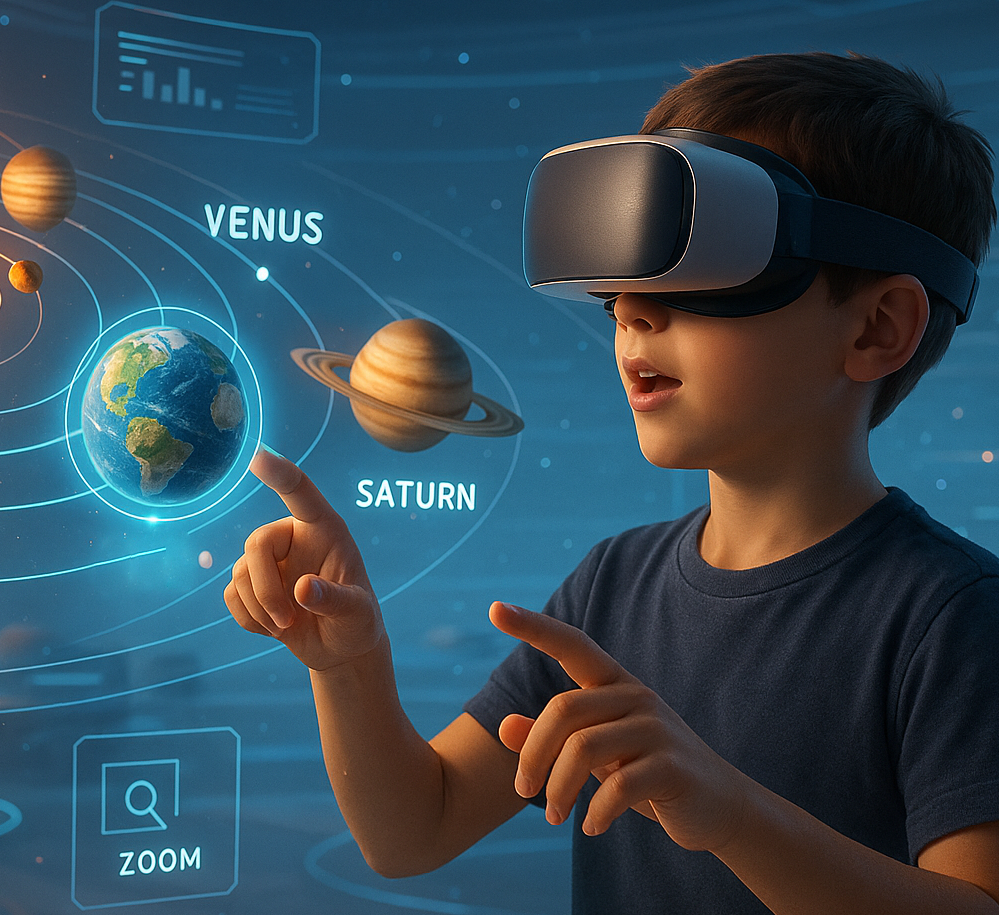 How to Design Learning Games That Teach Real-World Skills to Young Learners
How to Design Learning Games That Teach Real-World Skills to Young Learners 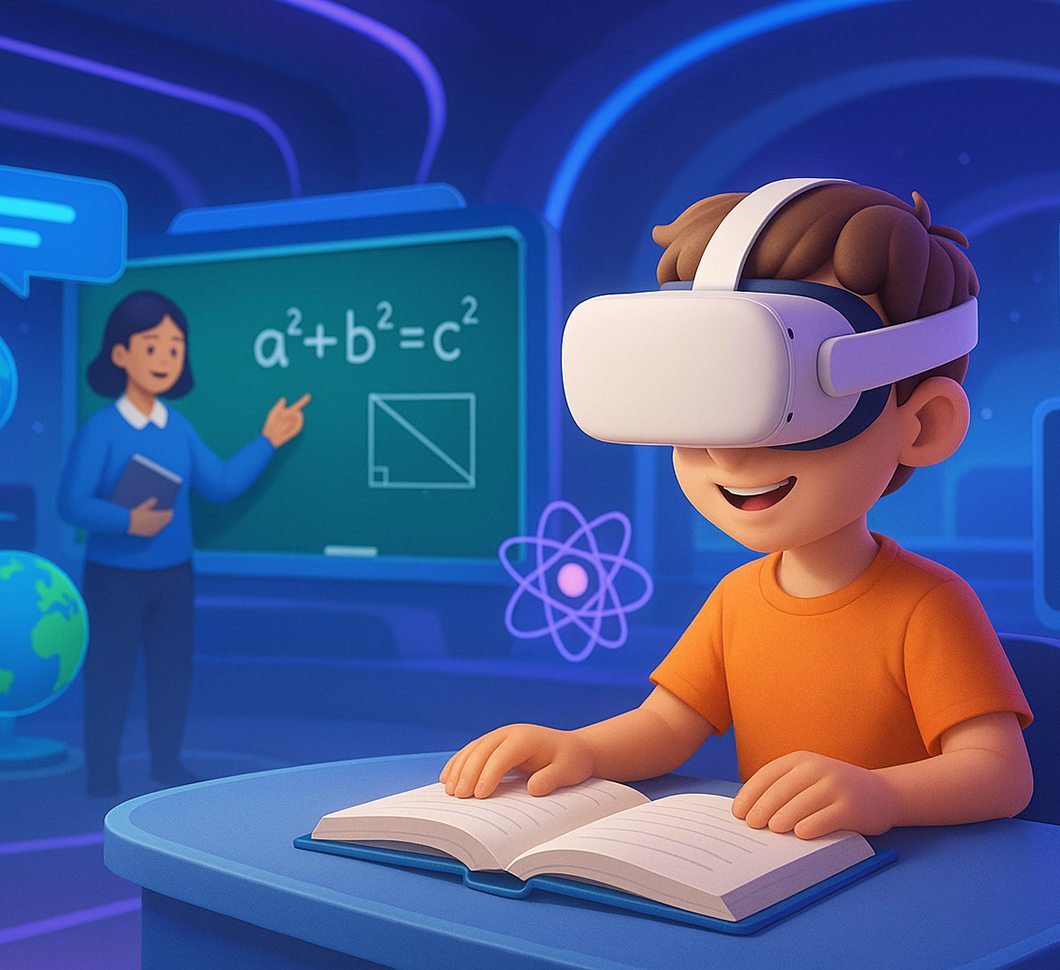 Level Up Learning: How Game-Based Learning Drives Real Results
Level Up Learning: How Game-Based Learning Drives Real Results  AI Game Assistant Integration for Smarter, Player-Responsive Games
AI Game Assistant Integration for Smarter, Player-Responsive Games 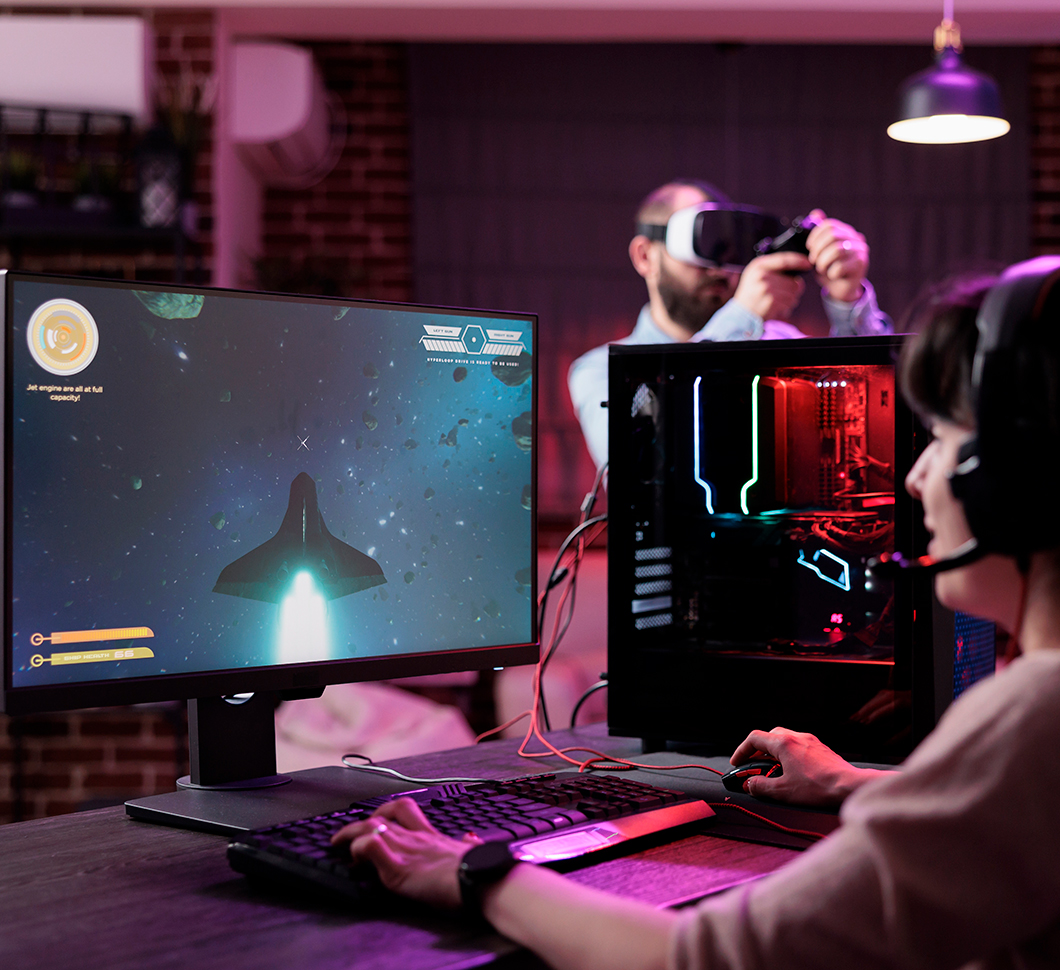 Beyond Reality: What Is a Simulation Game and Why It Matters Today
Beyond Reality: What Is a Simulation Game and Why It Matters Today 













